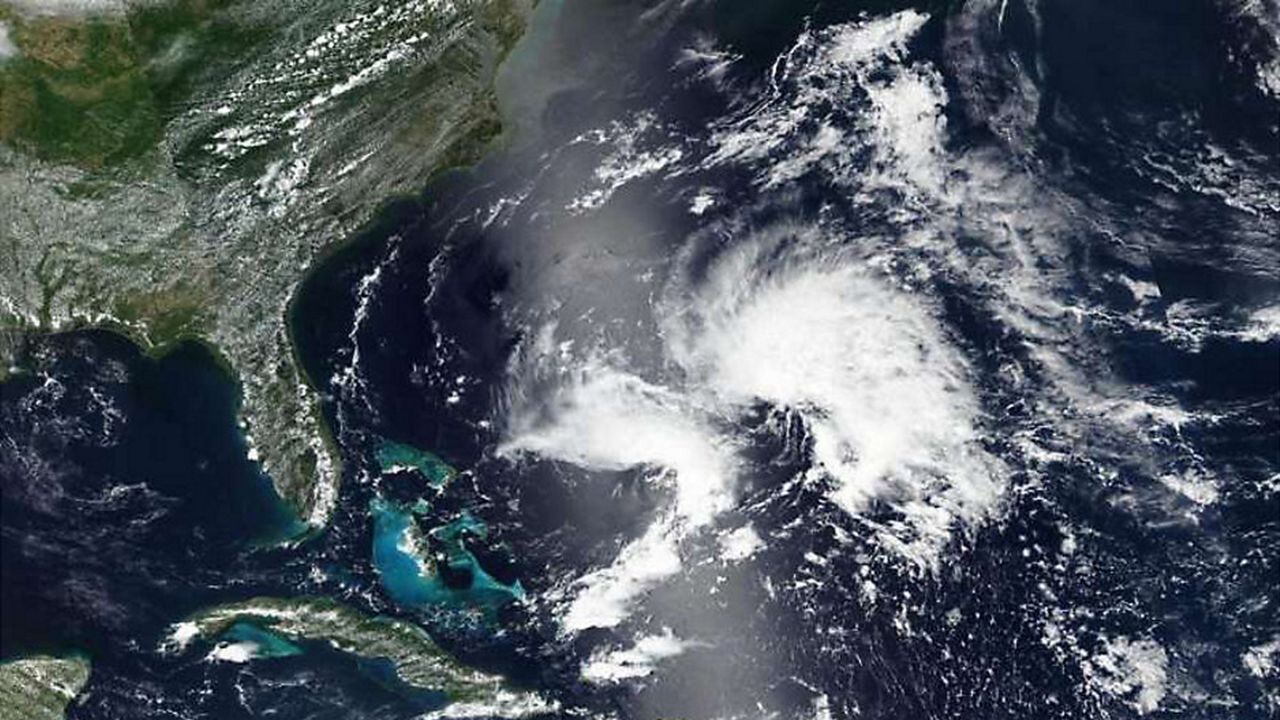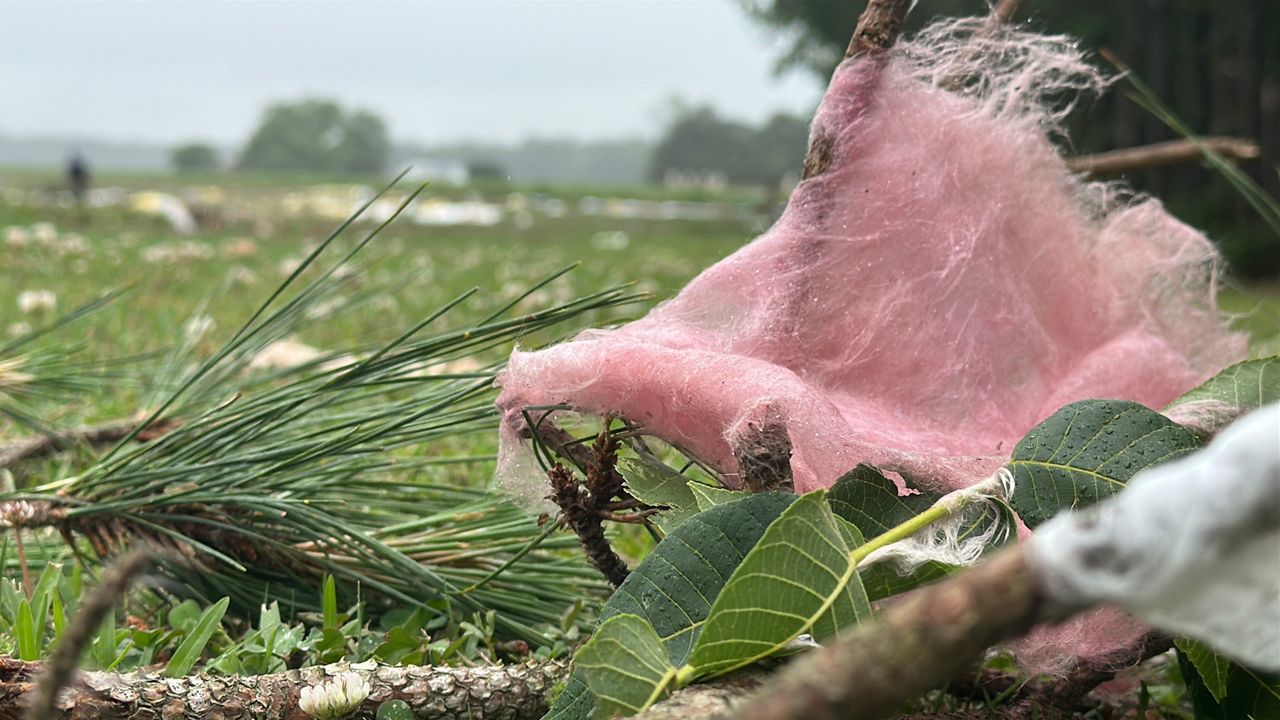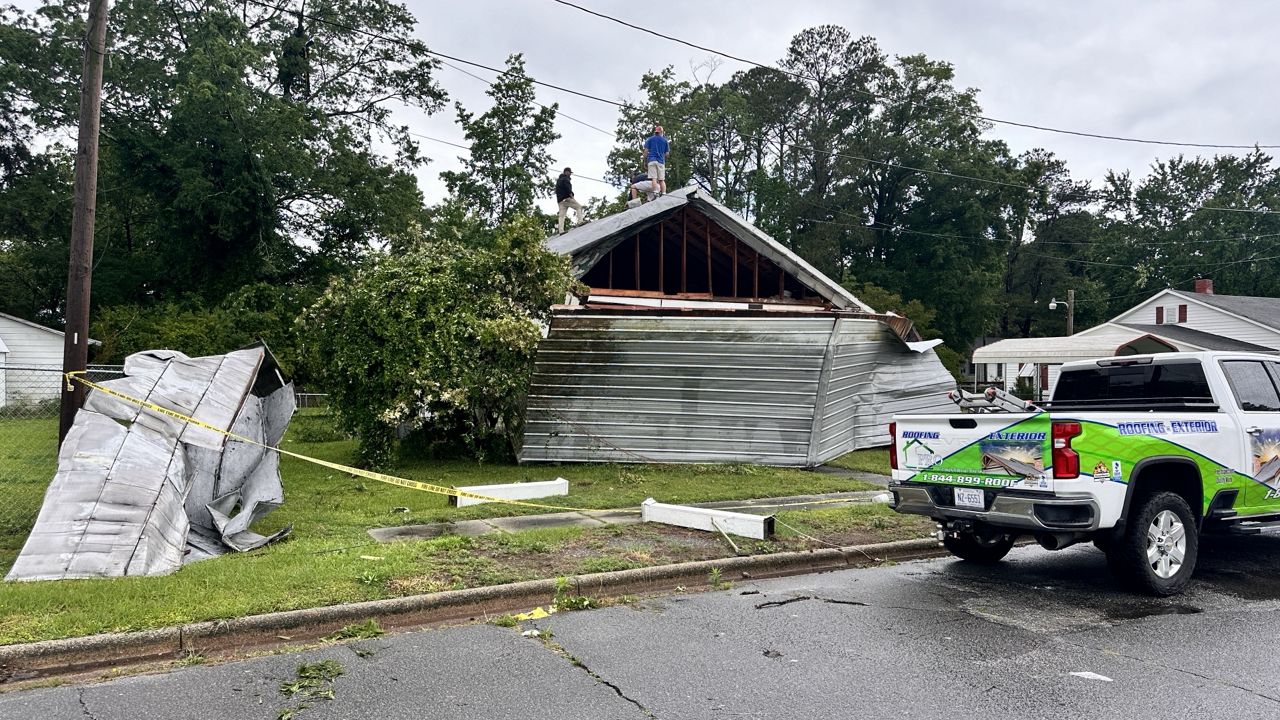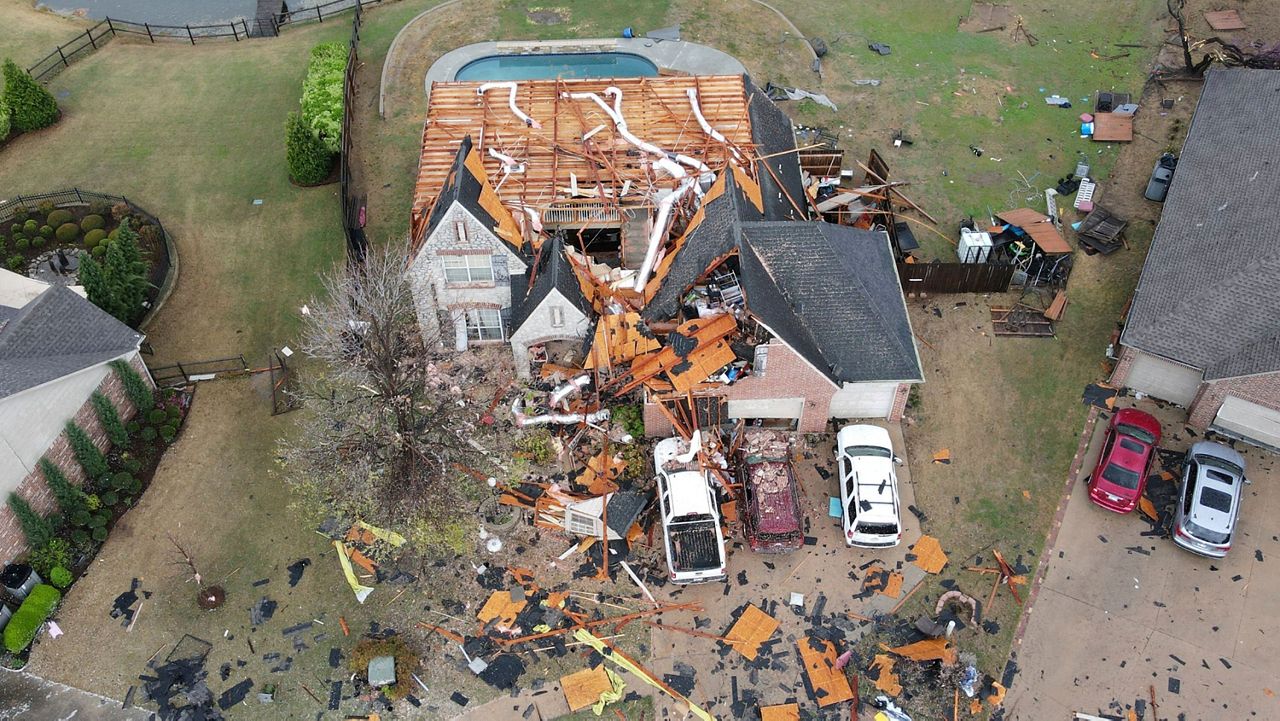NORTH CAROLINA -- As we near the statistical peak of the hurricane season in early September, it might be handy to understand the stages, or classification, of tropical systems over the Atlantic Basin.
Tropical cyclones are defined as an organized system of clouds and thunderstorms with a defined circulation. Once that circulation extends to the surface, and winds are less than 38 mph, the system is then classified as a tropical depression. Now, these clusters of thunderstorm tend to become "organized" over the open waters of the Atlantic, Gulf of Mexico, and Caribbean when the water temperature is greater than about 80 degrees.
Once a depression forms, conditions favor strengthening -- such as warm water and light winds surrounding the storms-- and winds reach 39 mph up to 73 mph, the system is upgraded to tropical storm. This is when the storm is given a name.
Then, once the storm reaches wind speeds of 74 mph, it is classified as a hurricane.
From that point, the storm will remain a "hurricane", but it is then broken down into categories according to the Saffir-Simpson Scale:
Category 1 : 74-95mph
Category 2: 96-110mph
Category 3: 111-129mph
Category 4: 130-156mph
Category 5: greater than 157 mph









